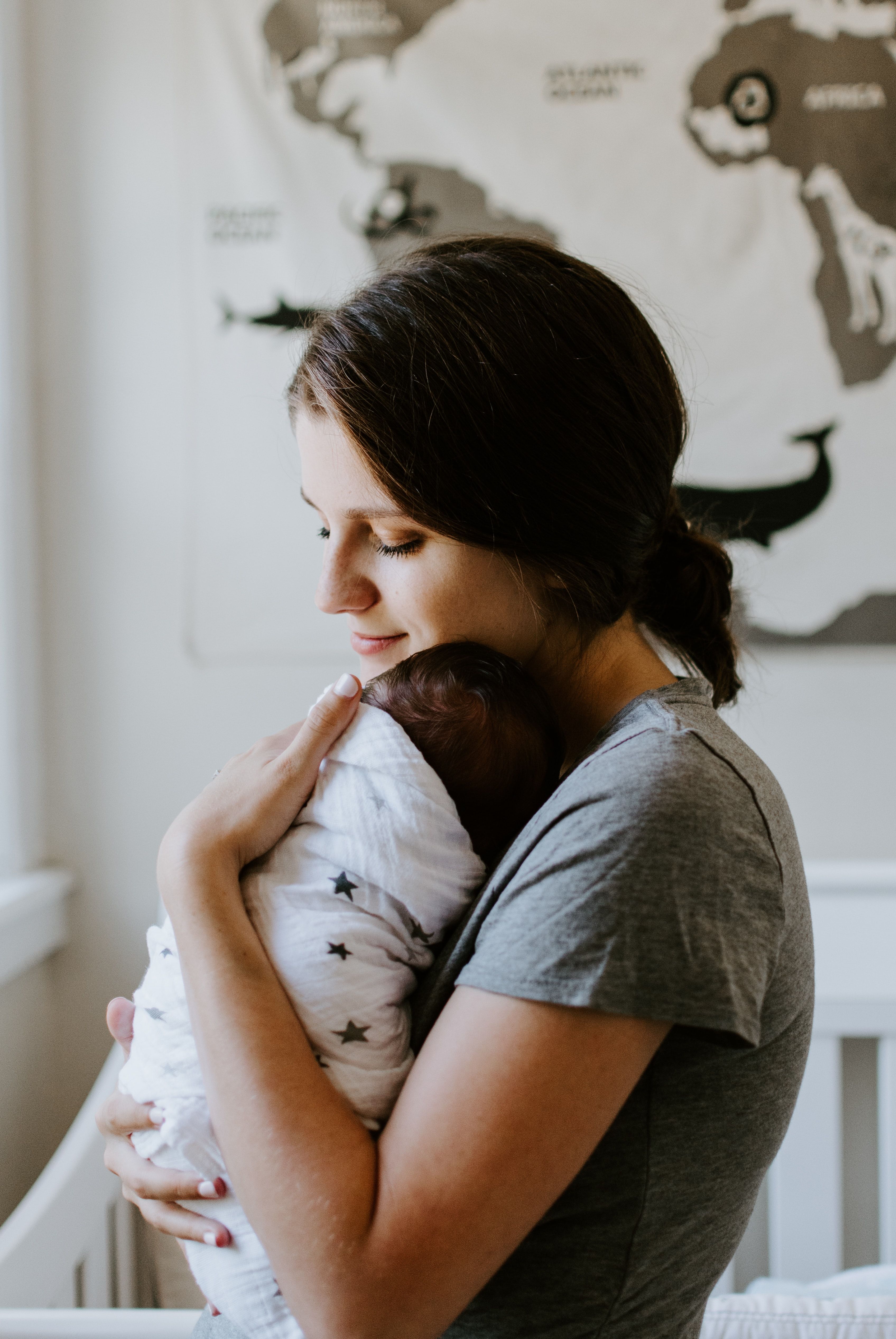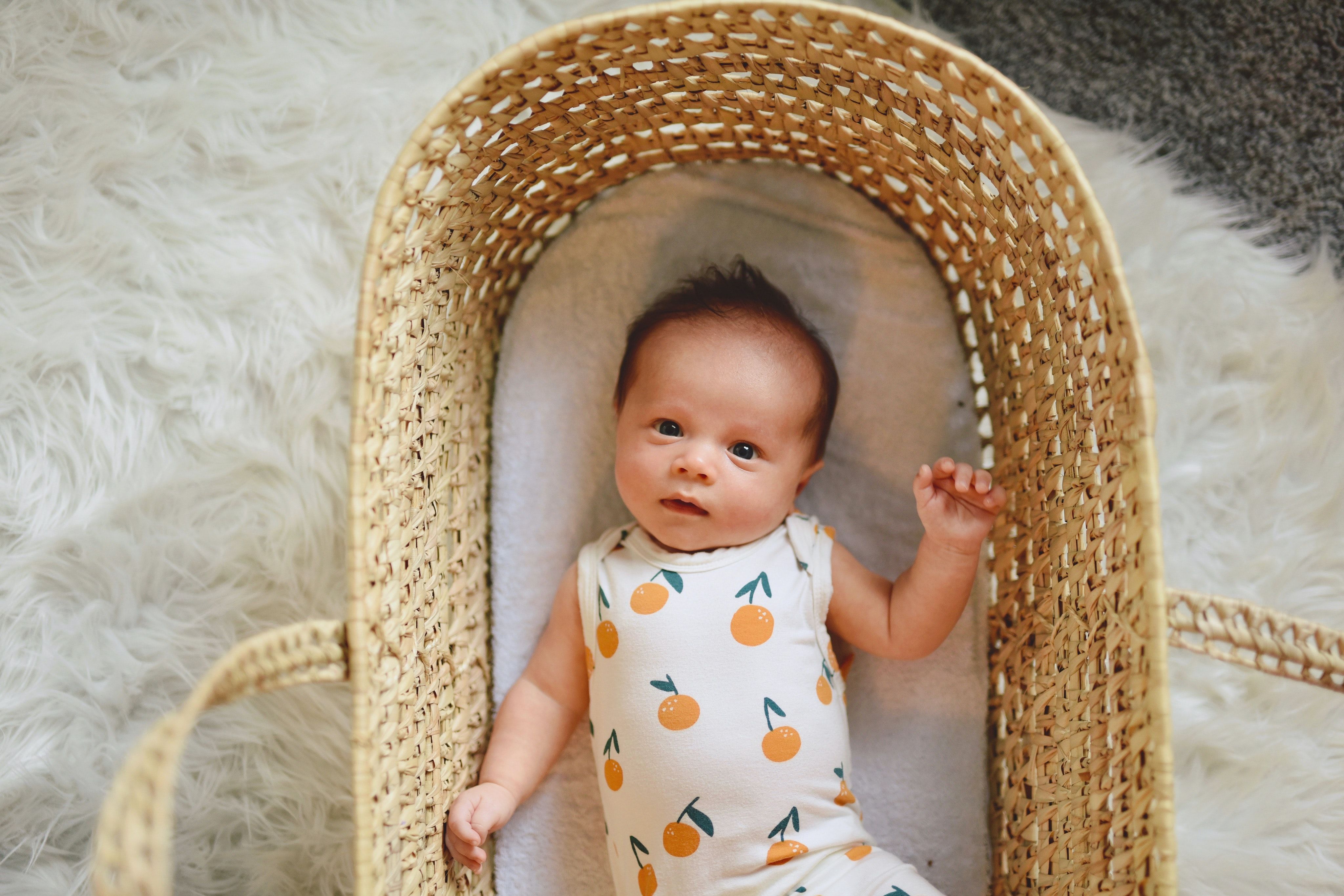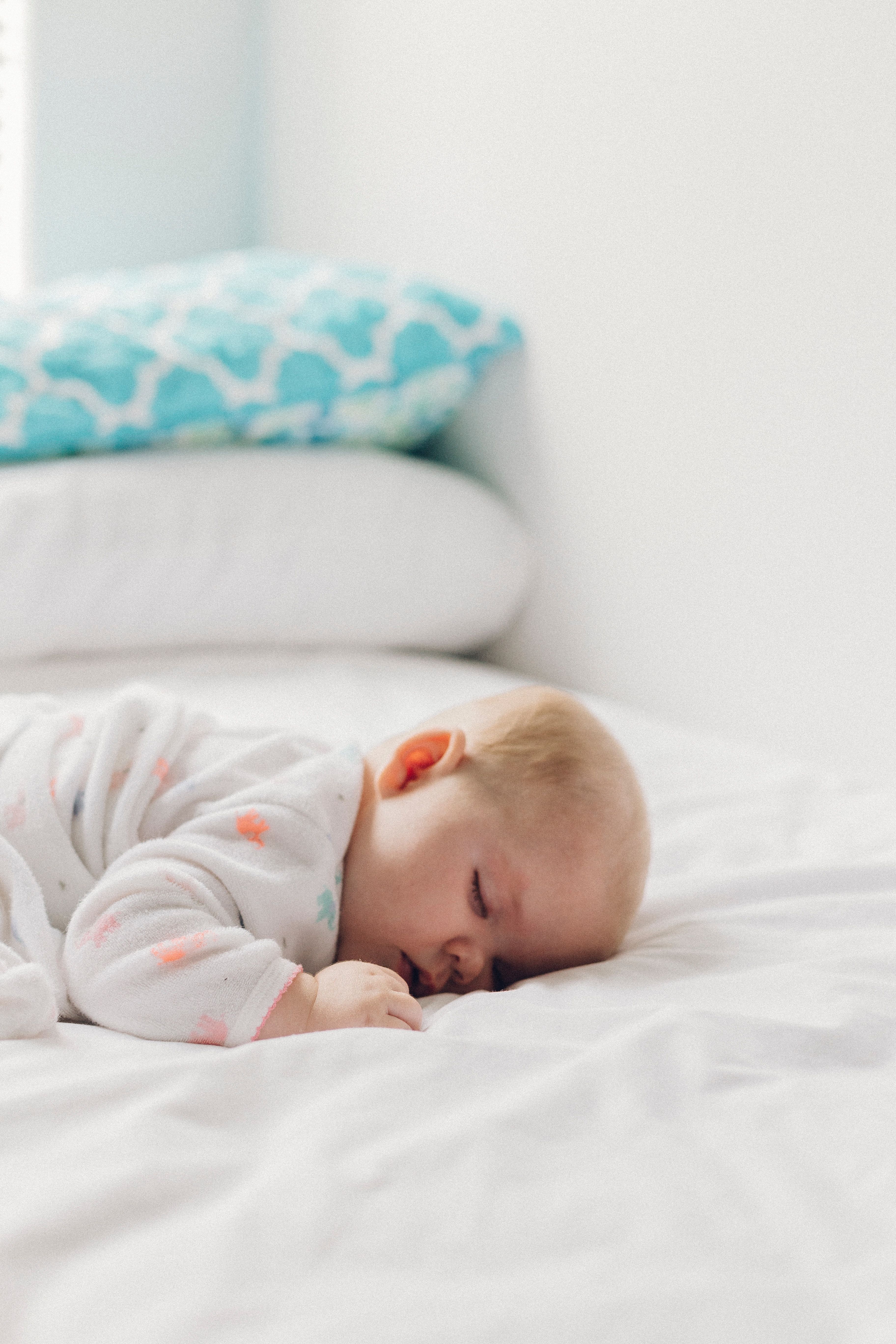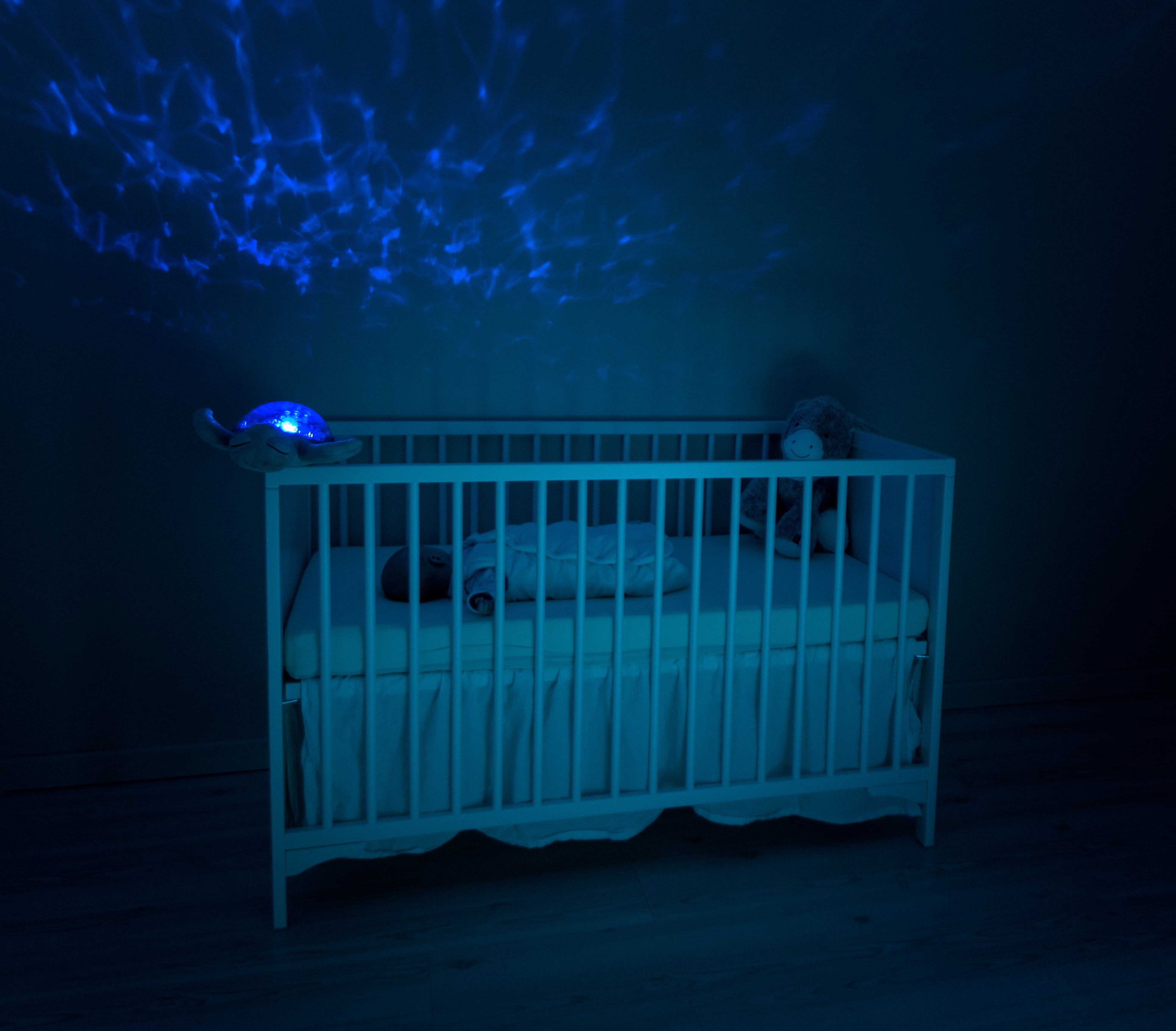Sleep training as we know it first became popular in the 1980s, with the Ferber Method launching a detailed guide in 1985. It was far before that, however, that doctors would tell their patients to sleep separately from babies. Dating as far back as the 1800s for disease control, even touching babies minimally was advised. According to The History Of Sleep Training, well-known cry-it-out sleep training methods (such as the Extinction Method) were first developed during these times. So, to say some sleep training regimens are outdated is an understatement.
The term sleep training more often than not implies crying methods to teach your infant to learn how to self-soothe. Gentle sleep training methods promote the parent's ability to soothe as often as needed and to minimize baby's discomfort. Sleep training as defined by Wikipedia refers to any tactics a parent employs to adjust their child's sleep behaviors. It is advised by sleep training experts and doctors alike to wait for any sort of sleep training until at least between 4-6 months due to brain development and nutritional needs.
Consistency Is Key
When it comes to sleep training your infant, you don't have to have knots in your stomach or dread built up around doing it. As detailed in Gentle Sleep Training Explained, gentle sleep training may not have as quick of results as a method that involves crying.
However, if you have the patience and are truly wanting to teach your baby to self-soothe while also giving them the support to do so, with consistency you will see long-term results. The importance of teaching your baby how to put themselves to sleep is a skill that should require patience.
It's important to note that daytime and nighttime sleep are very different. You will see results in daytime sleep sooner than nighttime. Some parents prefer to just work on nighttime sleep and worry about daytime once baby has that down. Do what works for YOU.
Now, let's dive into some tried-and-true gentle sleep training methods and give you the confidence to start, literally today!
The Chair Method
This method is a great choice for the parent that prefers to not leave the room, but rather stay with baby during the sleep training process. Go through your normal bedtime routine and lay baby down drowsy, but still awake. Sit in a chair where baby can see you, offering verbal comfort to start. If baby starts to get distressed, offer physical comfort. You can try patting baby, singing to baby and even giving baby an age-appropriate soother such as a pacifier, safe stuffy, or winding up a mobile. Once baby settles, move back to the chair, making sure they know you are still in the room.
Repeat until baby falls asleep on their own. This method teaches baby you are there to comfort, but it is their job to fall asleep. Resist the urge to pat baby to sleep as this will teach them that they need you to fall asleep. The goal is for them to have wake-ups and put themselves back to sleep without needing to be rocked, patted, soothed, or given a pacifier.
The Pick-Up Put-Down Method
This method is for the parent that wants an even gentler approach than mentioned above. You would go through your normal bedtime routine again placing baby to sleep drowsy, but awake. Leave the room and return whenever you start to hear baby struggling to settle. This could be when baby is about to cry out or stirring and whimpering. Pick them up, pat, rock, walk with them until they are settled, and put them back down. Repeat as necessary until baby is asleep. This method may take a bit longer for baby to get the hang of since they are so used to falling asleep in the comfort of your arms. Can you blame them?
Crafting Your Own Method
When embarking on gentle sleep training it's important to remember; YOU know your baby best. Feel free to take bits and pieces from the two options of gentle sleep training detailed above and create your own method. There is no right or wrong when it comes to sleep training your baby. It's ultimately what works for you and feels best in your mind, body, and soul. Just remember to give yourself (and baby) patience and a lot of grace.
Harvey Karp's "Happiest Baby" Method For Baby Sleep And Soothing even suggests gently waking them if they fall asleep in your arms calling this "wake and sleep". Keep in mind the ultimate goal is to continually lay baby down drowsy so that they are learning to put themselves to sleep.
Sources: Wikipedia, The History Of Sleep Training, Gentle Sleep Training Explained, Harvey Karp's "Happiest Baby" Method For Baby Sleep And Soothing





